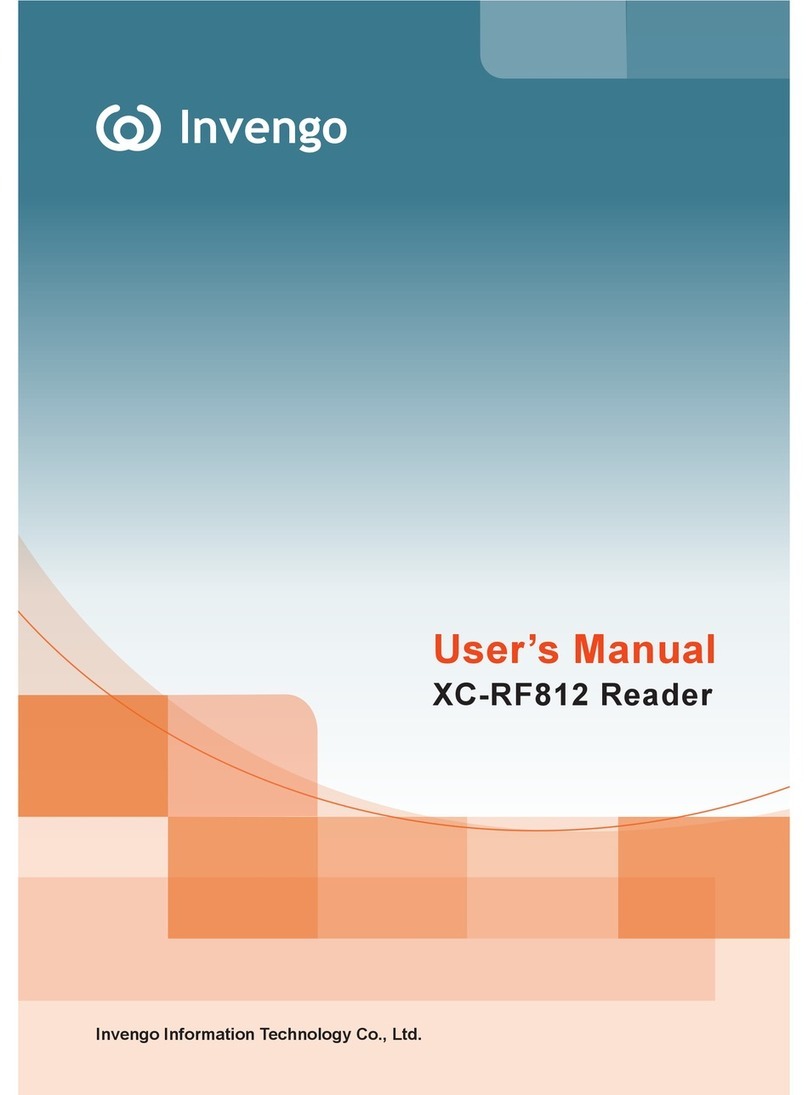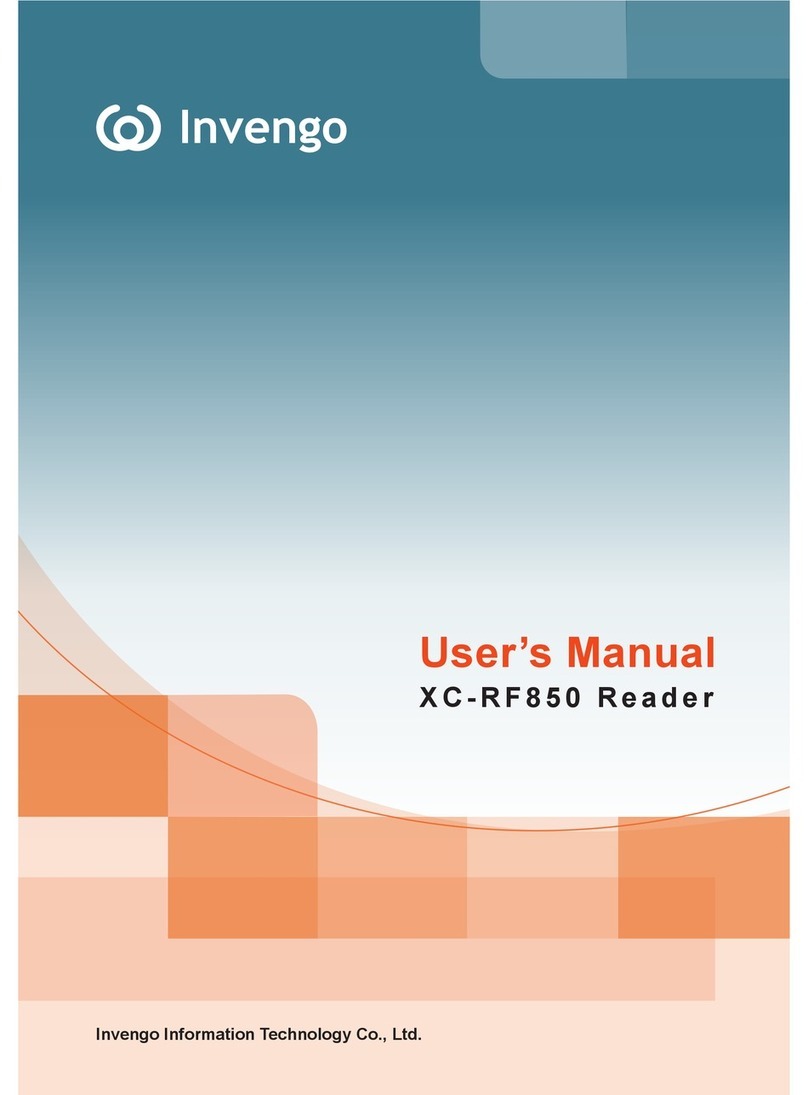2.5 Safety during installation ............................................................................ 13
2.5.1 External RF cable................................................................................................ 13
2.6 Equipment installation................................................................................. 14
2.7 Common scenario during commissioning ............................................... 18
2.8 Inspection ..................................................................................................... 19
3 DEMO User Guide.......................................................................20
3.1 Preparation and examination...................................................................... 20
3.2 Demo software ............................................................................................. 20
3.2.1 Demo software installation ................................................................................. 20
3.3 Demo software operation............................................................................ 25
3.3.1 Demo initialization ............................................................................................. 25
3.3.2 Connection .......................................................................................................... 25
3.3.3 Reader conguration........................................................................................... 27
3.3.4 Antenna choice.................................................................................................... 28
3.3.5 Scanning conguration ....................................................................................... 29
3.3.6 Tag operation ...................................................................................................... 29
3.3.7 Tag operation ...................................................................................................... 30
3.3.8 GPIO ................................................................................................................... 31
3.3.9 Version Enquiry .................................................................................................. 32
4 Routine maintenance and service ............................................ 34
4.1 Routine maintenance................................................................................... 34
4.2 Troubleshooting and solution .................................................................... 34
5 Transportation and storage....................................................... 37
5.1 Transportation requirement ........................................................................ 37
5.2 Storage requirement ................................................................................... 37





























